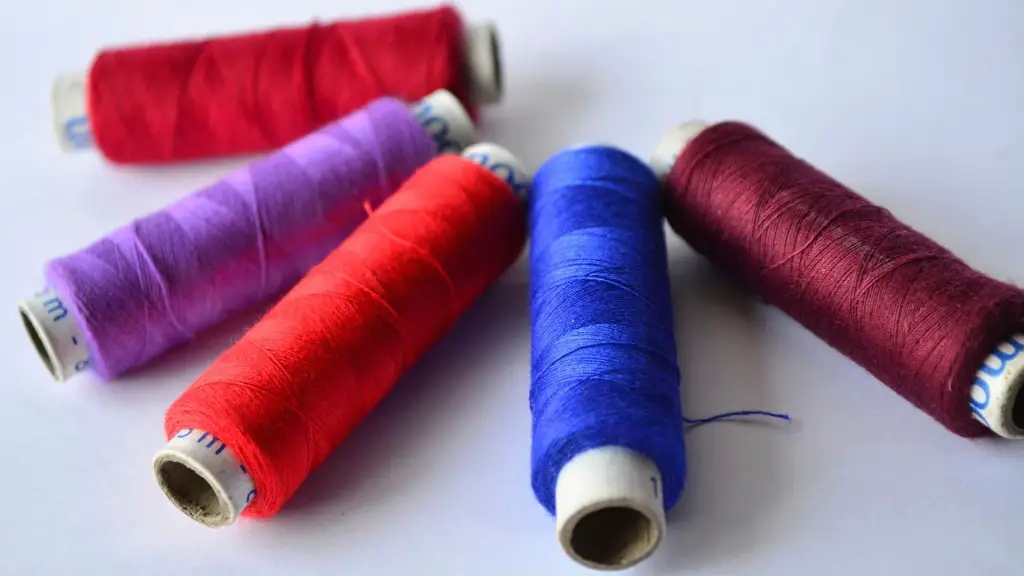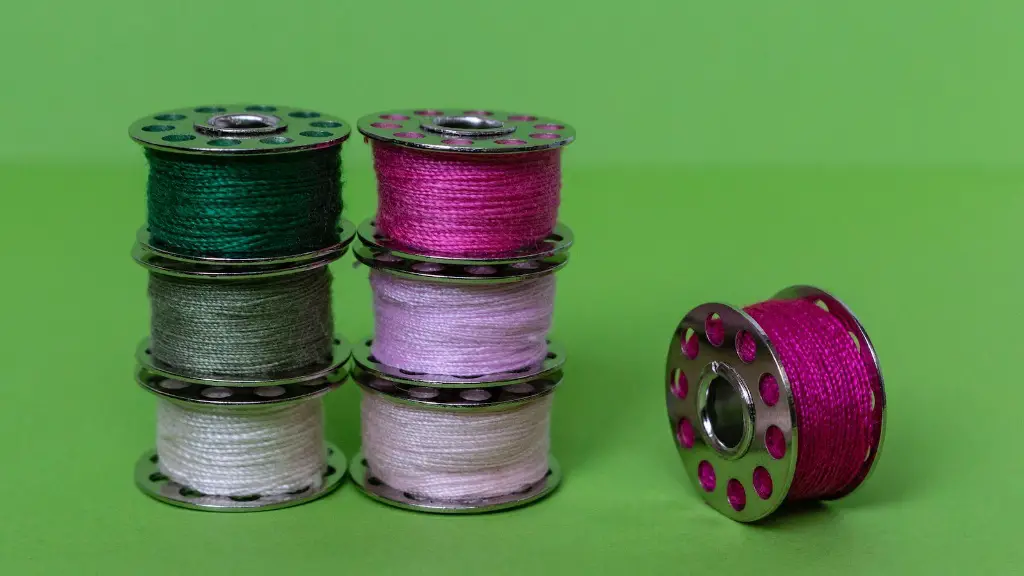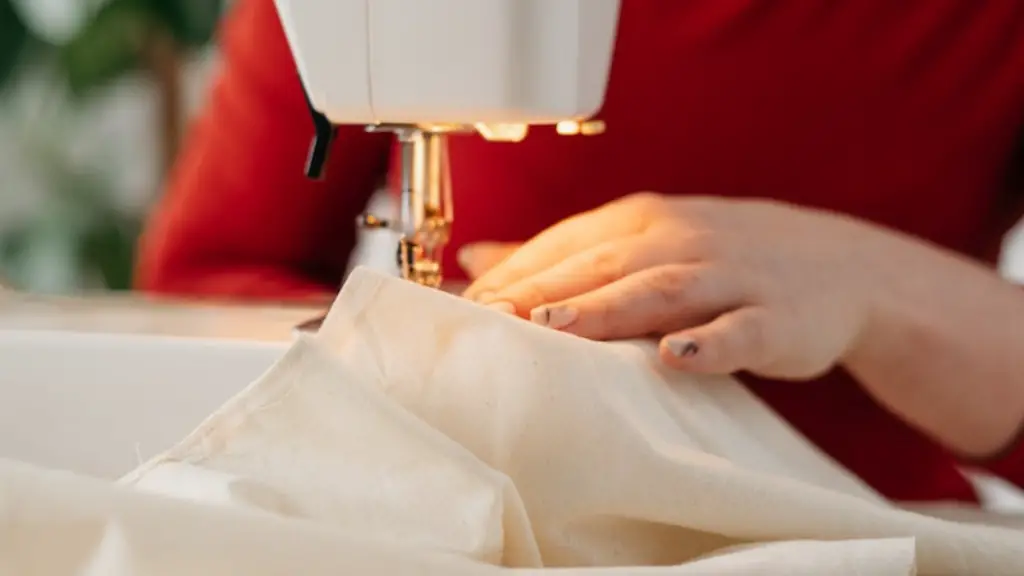Sewing is a great way to show your creative side and make unique clothing. But, sometimes it can be difficult to find a pattern that fits just right. If you’re experienced with a sewing machine and comfortable making adjustments to patterns, you can alter most patterns to better fit your unique body shape. In this article, we’ll show you how to adjust sewing patterns to fit your body.
There is no definitive answer to this question as it will vary depending on the pattern and the desired fit. However, some tips on how to adjust sewing patterns to fit better include:
– Altering the pattern pieces themselves, either by lengthening or shortening them as needed.
– Adjusting the seam allowances to make the garment smaller or larger.
– Choosing a different size altogether if the one you have is close but not quite right.
– Making a muslin or test garment to check the fit before cutting into your good fabric.
How do you adjust patterns to fit?
If not written on the pattern, the hip and waist are often marked by notches. Then take a hip curve and true the notch to the curve.
The slash and spread method is a quick and easy way to resize a pattern. Simply draw lines on the pattern piece where you want it to increase or decrease, then cut along those lines and spread the pattern out to the new size. This method is perfect for small adjustments, and is the go-to method for most sewers.
How paper patterns can be adjusted
If you need to lengthen a pattern, cut it horizontally at the point where you want to add length, and then tape or glue additional paper in between the cut pieces. If you need to shorten a pattern, cut it horizontally at the point where you want to remove length, and then overlap the cut pieces.
If you are planning on making a form-fitting garment, it is important to be aware that pattern adjustments and alterations might be necessary to achieve a good fit. Making these adjustments or alterations before the garment is cut from fabric will eliminate many problems later on.
How do you adjust the waist on a sewing pattern?
If you want to add or subtract length to the waist of a garment, you’ll want to draw a horizontal line across the waist, perpendicular to the centerfold. Cut on the line and then add or subtract there. If you want to add lower down, closer to the hips, then you’ll do the same process, but closer to the bottom of the pattern.
To enlarge a pattern, you will need to measure the pattern and then multiply that measurement by the desired percentage. For example, if the pattern says to enlarge by 200%, you will need to multiply the starting size by 2. If the pattern says to enlarge by 150%, you will need to multiply the starting size by 1.5.
How do you tell if a pattern will fit?
First check the difference between your bust measurement and the high bust measurement. If you have a small difference, then you can wear a lightly-padded or balconette bra. If you have a medium difference, you can wear a push-up, plunge, or demi-cup bra. And if you have a large difference, you can wear a full-coverage or minimizer bra. Choose the right style and size bra for your needs and you’ll be well on your way to looking and feeling your best!
When it comes to making your own clothes, you can use different pattern sizes to make parts of the garment bigger or smaller, giving you a truly bespoke fit. This is great news for anyone who struggles to find clothes that fit well off the rack. With a little bit of creativity, you can make clothing that looks and feels great, without any of the usual fit problems.
Are sewing patterns true to size
Sewing pattern sizes and ready to wear sizes are not the same systems. This means that you should never assume that your sewing pattern size is the same as the ready to wear size you’re used to buying.
To get the most accurate measurements, you should use a tape measure to measure your body at the Bust, Waist and Hips. Once you have these measurements, you can then look for a sewing pattern that corresponds to these sizes.
It’s important to find your waistline and hip line when choosing the right size for your body. You can use your hip curve to blend smoothly between sizes if you’re not sure what size to choose.
What is pattern manipulation?
In pattern manipulation, you change and reshape pattern blocks to adjust the fit or incorporate a new design. The basic pattern set consists of a front and back bodice, a long sleeve, and a front and back skirt block. To manipulate the pattern, you first need to understand the grainlines, darts, and seams of the garment. Then, you can begin to make changes to the pattern, such as adding or removing darts, changing the length of the garment, or adding embellishments.
Pattern alteration is the process of customizing patterns to better fit a person’s specific body measurements. This can be done by changing the overall size of the pattern, or by altering specific details like the length of the arms or the length of a top. Patterns are generally created using standard measurement charts, which are based on average sizes. However, pattern alteration can help to ensure that a garment will fit a person more perfectly, regardless of their individual size.
What are the 5 standards for good fitting
Ease is the amount of extra room in a garment beyond the body measurements of the person wearing it. The amount of ease should be sufficient for comfort and in keeping with fashion, the style and type of garment and fabric used.
There are a few ways to resize a pattern, but the easiest way is to find the difference between your measurements and the vintage size measurements. Once you have the difference, you can distribute that difference evenly to resize the pattern.
What is basic fit problems of pattern alteration?
Most garments are designed to fit a range of body sizes, with alterations made to accommodate specific fit issues. Common fit problems include increase or decrease in height and width, and these alterations can increase the life of the garment. By understanding the most common fit issues, you can help ensure that your garments are comfortable and look their best.
If you don’t have a safety pin, you can use a bobby pin or a wire.
Final Words
There is no one-size-fits-all answer to this question, as the amount of adjustments needed will vary depending on the individual’s body shape and size. However, some general tips on how to adjust sewing patterns to better fit your body include:
– Choose a pattern that is the closest size to your measurements.
– Trace the pattern onto tracing paper, and then make the necessary adjustments directly on the tracing.
– To make a garment smaller, take in the seam allowance. To make a garment larger, increase the seam allowance.
– Pay close attention to the fit of the garment at the bust, waist, and hips, and make adjustments accordingly.
Sewing patterns are usually adjustable to fit a range of sizes. To adjust a sewing pattern, start by finding the measurements for your bust, waist, and hips on the pattern’s sizing chart. Then, use a ruler to draw new lines on the pattern piece to reflect your personal measurements. Once you’ve adjusted the pattern piece, cut it out along the new lines and you’re ready to start sewing!





